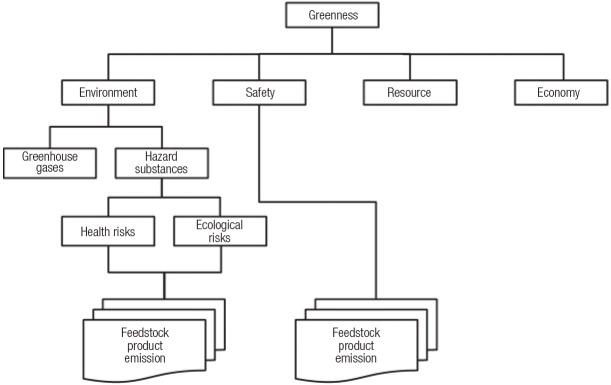绿色化学技术评价指标优先度调查及层次分析法。
Q3 Medicine
Environmental Health and Toxicology
Pub Date : 2015-06-12
eCollection Date: 2015-01-01
DOI:10.5620/eht.s2015003
引用次数: 4
摘要
目的:通过咨询生态、化学、安全、公共卫生等领域的专家,提出绿色化学技术定量评价的指标和代理变量,并对各评价要素的相对重要性进行评价。方法:采用层次分析法确定各指标和代理变量的权重。结果:在以指标为单位对定量评价结果进行整合时,这些权重可以避免在指标之间缺乏权重而不得不诉诸定性手段。结论:本研究指出了目前绿色化学技术定量评估技术的局限性,并试图提出绿色化学技术定量评估的未来方向。本文章由计算机程序翻译,如有差异,请以英文原文为准。

Priority survey between indicators and analytic hierarchy process analysis for green chemistry technology assessment.
Objectives This study presents the indicators and proxy variables for the quantitative assessment of green chemistry technologies and evaluates the relative importance of each assessment element by consulting experts from the fields of ecology, chemistry, safety, and public health. Methods The results collected were subjected to an analytic hierarchy process to obtain the weights of the indicators and the proxy variables. Results These weights may prove useful in avoiding having to resort to qualitative means in absence of weights between indicators when integrating the results of quantitative assessment by indicator. Conclusions This study points to the limitations of current quantitative assessment techniques for green chemistry technologies and seeks to present the future direction for quantitative assessment of green chemistry technologies.
求助全文
通过发布文献求助,成功后即可免费获取论文全文。
去求助
来源期刊

Environmental Health and Toxicology
Medicine-Public Health, Environmental and Occupational Health
CiteScore
2.50
自引率
0.00%
发文量
0
审稿时长
8 weeks
 求助内容:
求助内容: 应助结果提醒方式:
应助结果提醒方式:


